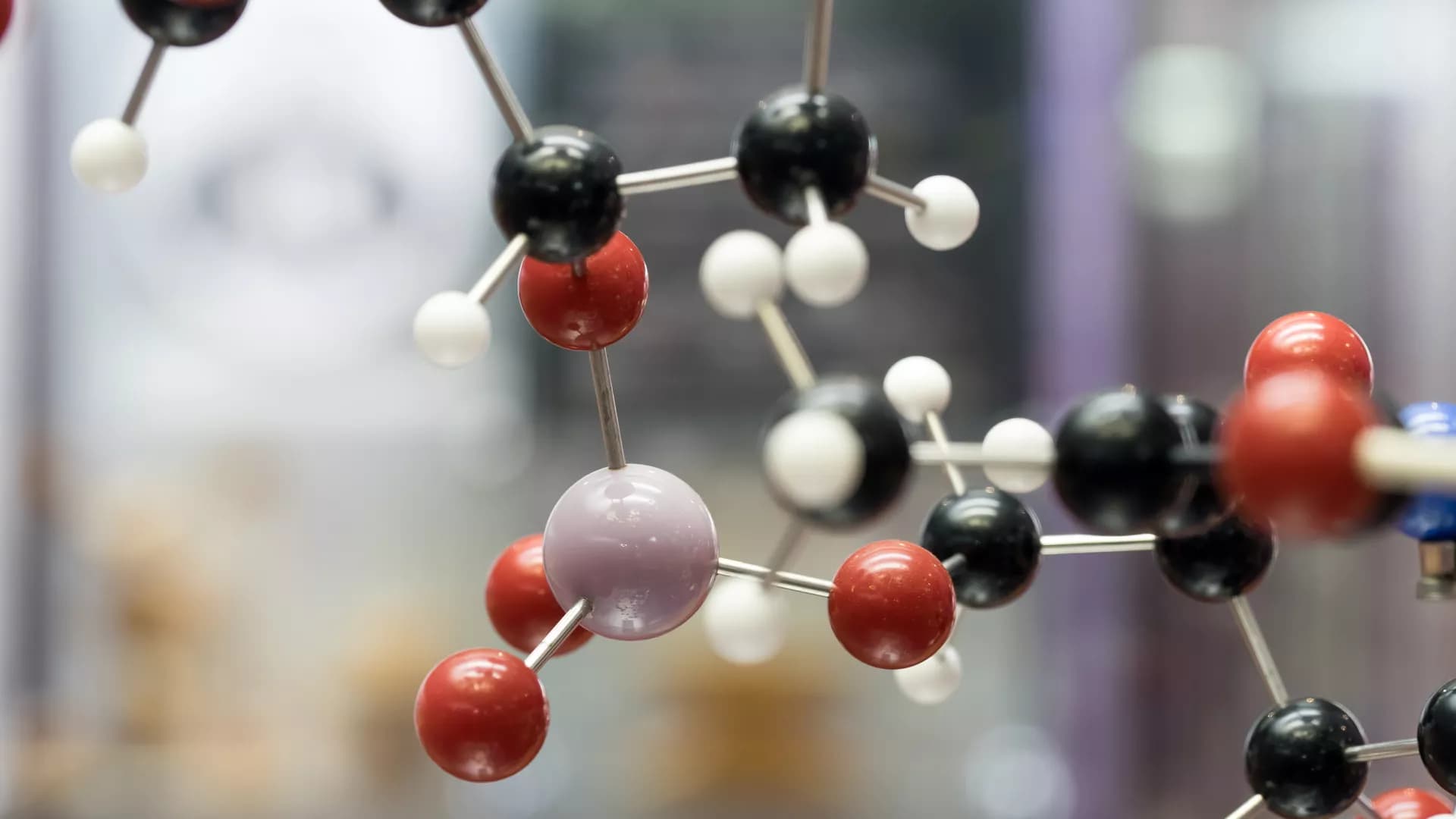Two novel supramolecular complexes RuRe ([Ru(dceb)2(bpt)Re(CO)3Cl](PF6)) and RuPt ([Ru(dceb)2(bpt)PtI(H2O)](PF6)2) [dceb = diethyl(2,2′-bipyridine)-4,4′-dicarboxylate, bpt = 3,5-di(pyridine-2-yl)-1,2,4-triazolate] were synthesized as new catalysts for photocatalytic CO2 reduction and H2 evolution, respectively. The influence of the catalytic metal for successful catalysis in solution and on a NiO semiconductor was examined. IR-active handles in the form of carbonyl groups on the peripheral ligand on the photosensitiser were used to study the excited states populated, as well as the one-electron reduced intermediate species using infrared and UV-Vis spectroelectrochemistry, and time resolved infrared spectroscopy. Inclusion of ethyl-ester moieties led to a reduction in the LUMO energies on the peripheral bipyridine ligand, resulting in localization of the 3MLCT excited state on these peripheral ligands following excitation. RuPt generated hydrogen in solution and when immobilized on NiO in a photoelectrochemical (PEC) cell. RuRe was inactive as a CO2 reduction catalyst in solution, and produced only trace amounts of CO when the photocatalyst was immobilized on NiO in a PEC cell saturated with CO2.
Complexes based on nitrogen and sulfur containing ligands involving 3d metal centers are known for the electrocatalytic reduction of CO2. However, photocatalytical activation has rarely been investigated. We herein present results on the light-driven CO2 reduction using either Ir(dFppy)3 [Ir, dFppy = 2-(4,6-difluorophenyl)pyridine] or [Cu(xant)(bcp)]+, (Cu, xant = xantphos, bcp = bathocuproine) as photosensitizer in combination with TEA (triethylamine) as sacrificial electron donor. The 3d metal catalysts have either dptacn (dipicolyl-triazacyclononane, LN3) or dpdatcn (dipicolyl-diazathiocyclononane, LN2S) as ligand framework and Fe3+, Co3+ or Ni2+ as central metal ion. It turned out that the choice of ligand, metal center and solvent composition influences the selectivity for product formation, which means that the gaseous reduction products can be solely CO or H2 or a mixture of both. The ratio between these two products can be controlled by the right choice of reaction conditions. With using Cu as photosensitizer, we could introduce an intermolecular system that is based solely on 3d metal compounds being able to reduce CO2.
Covalent Organic Frameworks (COFs) and related extended organic materials have been widely used as photocatalysts in the last few years. Such interest arises from the wide range of covalent linkages employed in their construction, which offer many possibilities to design extended frameworks and to link photoactive building blocks. Thus, the potential utility of predesigned organic photoactive fragments can be synergistically added to the inherent advantages of heterogeneous catalysis, such as recyclability and easy separation of catalyst. In this overview, the current state of the art on the design of organic materials for photocatalytic oxidation reactions will be presented. The designing process of these materials is usually conditioned by the generally accepted concept that crystallinity and porosity defines the quality of the heterogeneous catalysts obtained. The care for the structural integrity of materials obtained is understandable because many properties and applications are intimately related to these features. However, the catalytic activity does not always directly depends on these characteristics. A critical compilation of the available literature is performed in order to offer a general perspective of the use of COFs and Covalent Triazine Frameworks (CTFs) in photocatalytic oxidation processes, including water oxidation, which constitute an important outcome relevant to artificial photosynthesis.
Frontiers in Chemistry
Celebrating the work of Prof. C. N. R. Rao: From Solid State to Materials Chemistry




